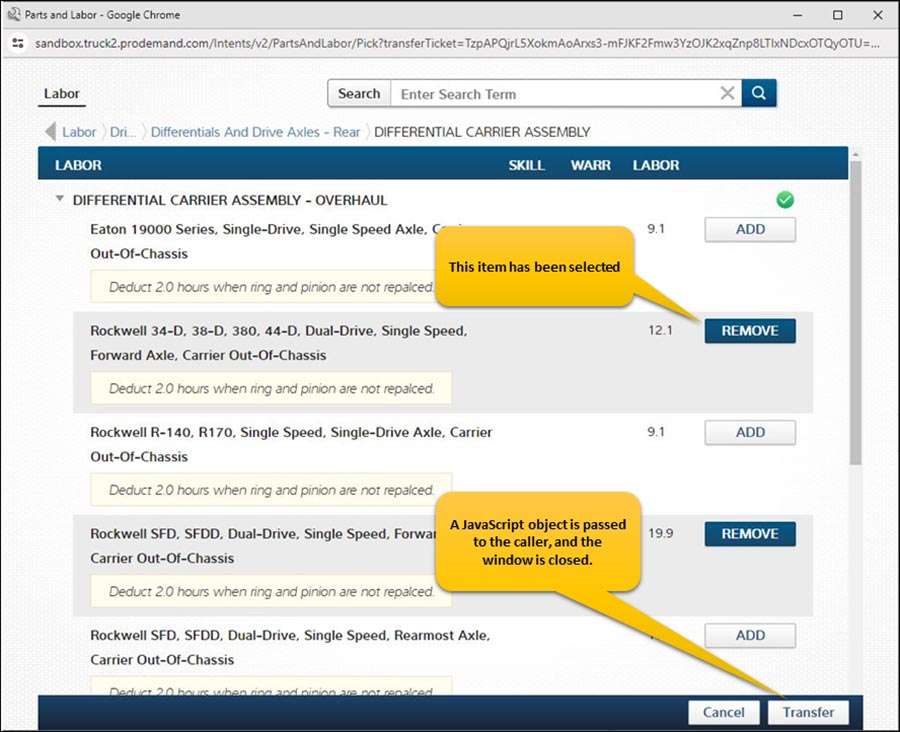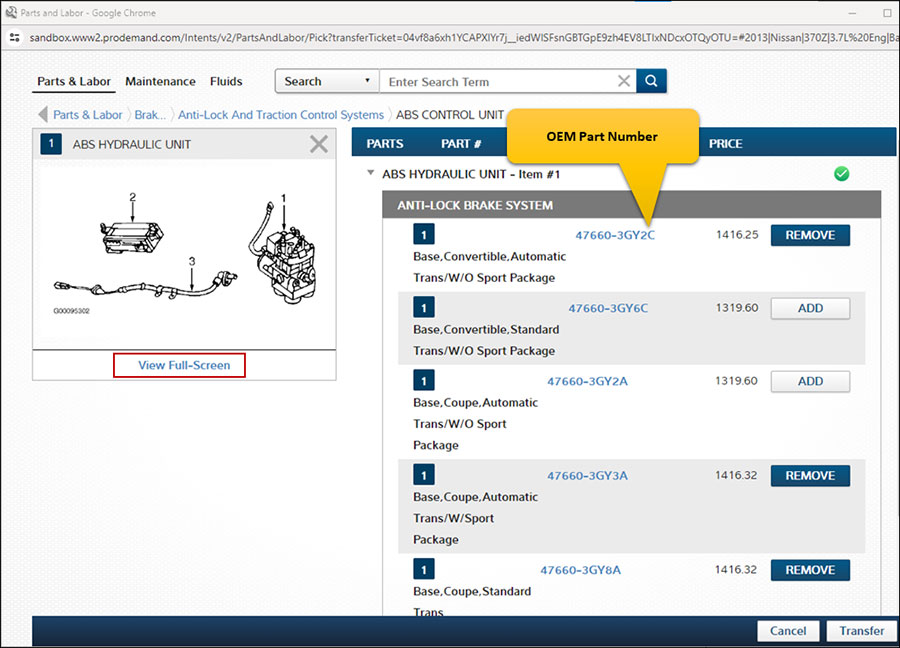Vehicle noises and vibration can be a big challenge for service technicians.
The driver will often be tuned into the noises and feel of the truck and the slightest changes in those areas will stand out. It’s like trying to walk with a sore toe; it’s a little thing but aggravates your entire day. The technician, on the other hand, encounters different vehicles throughout the day. Each vehicle, even with the same configuration, has unique differences in how it sounds and feels when operated. Thus, noise and vibration issues that are only noted as a slight change by the driver may go completely unnoticed by the technician.
There are several factors that will greatly help the technician to make a quick and accurate noise/vibration diagnosis. The first, noted above, is getting as much detailed information from the driver as possible. For unusual noises/vibrations, if the driver can duplicate the issue for the technician, this aids in avoiding a misunderstanding about the concern.
Second, the technician needs to have a good working understanding of the entire vehicle. This is important because smaller component vibrations can transfer into larger components and cause them to vibrate enough to be felt by the driver. In addition, when possible, the technician should take the time to become familiar with the “feel” of a truck make and model in operation to better recognize noise/vibration concerns that are out of the ordinary.
Third, it’s helpful to have a good working knowledge of how to use vibration diagnostic equipment, as well as how to calculate the results of the readings to better quickly pinpoint the cause. The key is to identify the vibration or sound being felt or heard in order to determine which system is the source. Once you know that, you can identify the component creating the vibration.
Typically, the location of the vibration and the rate of the vibration can also help lead the technician to the source of the problem. Close attention must be given to when and how the noise/vibration occurs. Is it related to vehicle speed (wheels, tires, axles, drive shafts, etc.)? Is the vibration fast or slow? Is it felt through the steering wheel, or through the seat?
Once the noise/vibration culprit is identified, the technician can then inspect for loose fasteners, worn or uneven surfaces, cracks or other damage that could have brought on the concern. It is very frustrating, as well as costly, to replace a component only to discover the noise/vibration continues to exist because of a mounting problem or a crack in an adjoining component.
Noises and vibrations are often difficult to isolate and identify, especially when you don’t encounter them frequently. The process of vibration analysis takes time and close attention to truly find and repair the cause. Be sure to consult your truck repair information resource, like TruckSeries truck repair software from Mitchell 1, for guidance. It is all too easy to jump to conclusions about the root cause of the problem and make a quick repair, only to have the issue reappear a short time later. While the process may seem burdensome at times, the reward in identifying the cause and fixing it correctly the first time is not only rewarding for the technician, but also the driver who no longer has to endure the vibration for hours on end.
Be sure to consult your truck repair information resource for guidance on vibration issues.
Want to learn about TruckSeries?
Request a FREE DEMO today!
Also Read:







